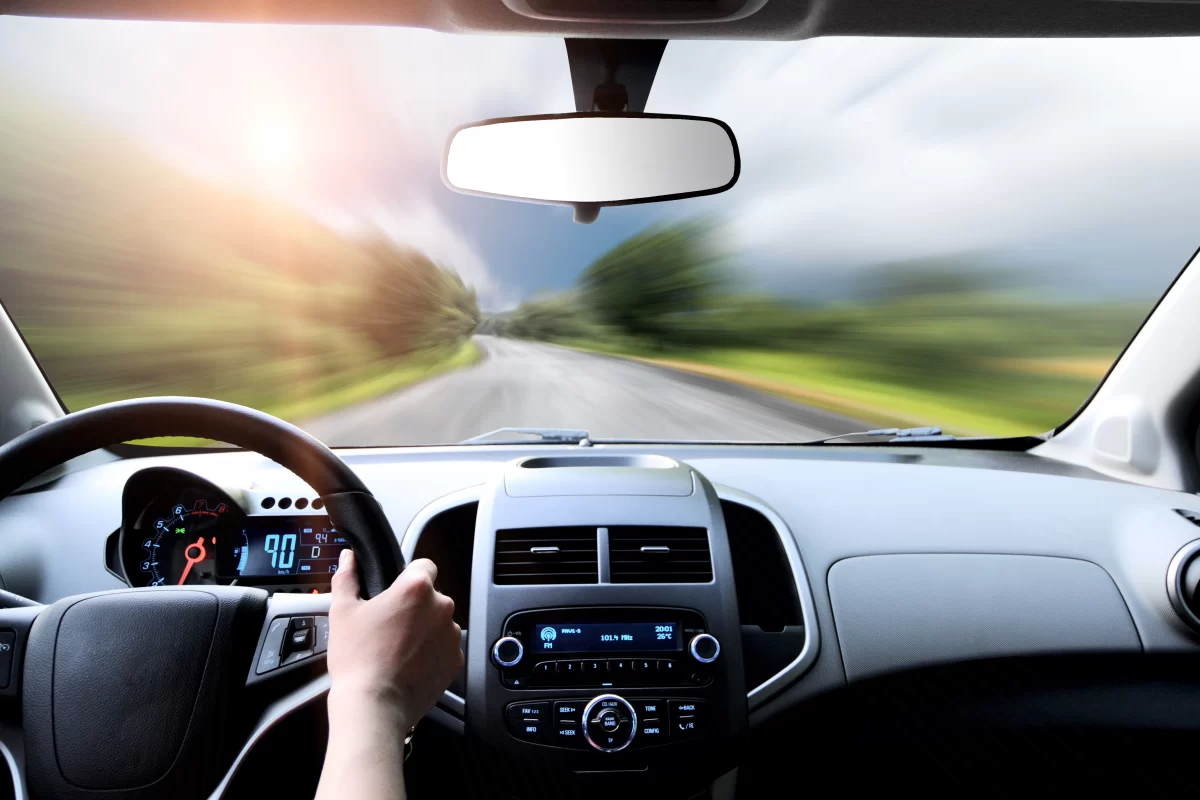Takeover Context Study using Super Cruise and Autopilot
Driver inattention is a key concern when using vehicles equipped with Level 2 advanced driver assistance systems (ADAS). Driver Monitoring System (DMS) technology can help to manage this issue by supporting driver readiness to take over control of the vehicle if the ADAS is disengaged. This blog summarises research exploring the context of vehicle takeovers to develop more effective and adaptive DMS solutions.
While Driver Monitoring System (DMS) technology can enhance safety in vehicles with increasing levels of automation, it’s crucial to understand the takeover context to ensure the system can adapt to different real-world situations. Our Human Factors staff collaborated on a research project to explore the context of vehicle takeovers with Cadillac’s Super Cruise and Tesla’s Autopilot ADAS. This blog provides a summary of the findings in the following paper:
Shiyan Yang, Angus McKerral, Megan D. Mulhall, Michael G. Lenné, Pnina Gershon, and Bryan Reimer. 2023. Takeover Context Matters: Characterising Context of Takeovers in Naturalistic Driving using Super Cruise and Autopilot. In 15th International Conference on Automotive User Interfaces and Interactive Vehicular Applications (AutomotiveUI ’23), September 18–22, 2023, Ingolstadt, Germany. ACM, New York, NY, USA, 11 pages. https://doi.org/10.1145/3580585.3606459
In today’s automotive market, vehicles equipped with Level 2 advanced driver assistance systems (ADAS) are becoming increasingly commonplace, largely due to growing regulatory requirements around the world. Of concern, however, is the increased tendency towards driver inattention due to the rapid proliferation of these technologies, despite advice to remain focused in order to supervise the system.
To manage this complacency, Driver Monitoring System (DMS) technology is used to support driver readiness for transfers of control (TOC); which is when ADAS is disengaged by the vehicle system, and the driver is required to take over control of the vehicle. To develop more effective and adaptative DMS solutions however, it is necessary to understand the context of takeovers in the real world.
Understanding the context and associated takeover behaviour is valuable for the continued evolution of DMS such that systems can become more adaptive to real-world dynamic environments and ensure enhanced safety support and driver experience.
In this study, the researchers examined driver-initiated takeover data from vehicles equipped with Cadillac’s Super Cruise and Tesla’s Autopilot ADAS. Specifically, the study sought to identify the types of takeovers in naturalistic driving, the characteristics of each takeover type, and how they were associated with contextual factors. Understanding how and when drivers takeover control enables DMS solutions to better predict an upcoming takeover event, estimate a driver’s takeover capacity, and integrate more effectively with other vehicle safety systems to reduce overall risk associated with transitions of control.
Contextual factors were extracted from camera videos, vehicle kinematics, and GPS data. Associations between these factors and the takeover types were analysed to determine the interaction between the driver, the machine, and the driving environment.
The study found similar takeover types between Super Cruise and Autopilot systems, identifying 5 primary categories: normal, braking, accelerating, evasive-manoeuvre, and right-swerve (Autopilot only).
- Normal – the most common takeover type, occurred at a highway speed without large changes in speed or steering control
- Braking – this type occurred at a similar speed as normal takeovers, but with strong deceleration (and speed decrease) and limited steering wheel rotation
- Accelerating – this takeover type occurred at a lower-than-normal speed and showed significant acceleration
- Evasive-manoeuvre – this takeover type also occurred at a lower-than-normal speed, but showed strong deceleration with significant steering rotation
- Right-swerve – this type of takeover showed a major steering wheel rotation to the right (∼60°), but did not exist for Super Cruise data*
Context analysis showed that takeovers happened mostly on highways and were largely associated with curved roads.
Braking takeovers at a normal highway speed were associated with upcoming highway exits or foreseeable low-speed situations, and both normal and braking takeovers were revealed to be based on strategic levels of decision making.
Accelerating, evasive-manoeuvre, and right-swerve takeovers were mostly caused by unwanted ADAS actions when following a slow car, such as strong braking and large steering changes.
This paper highlights the need for deeper exploration of real-world driving data and suggests that more comprehensive contexts, such as road features and lead-vehicle proximity, should be considered in future research. Additionally, the small, male-only sample in the study warrants broader demographic inclusion.
However, the findings in the study illustrate the plausibility of assessing the contextual features of takeover events for the development of context-based reference models, against which abnormal or unsafe behaviour can be compared and identified in real-time systems.
Generating such models and characterising driver response profiles are crucial steps in developing adaptive and responsive DMS and ensuring the safety of increasingly automated driving systems.
* It is hypothesised that this takeover category did not exist since Super Cruise is geofenced to highways, which limits the possibility of car swerve.
